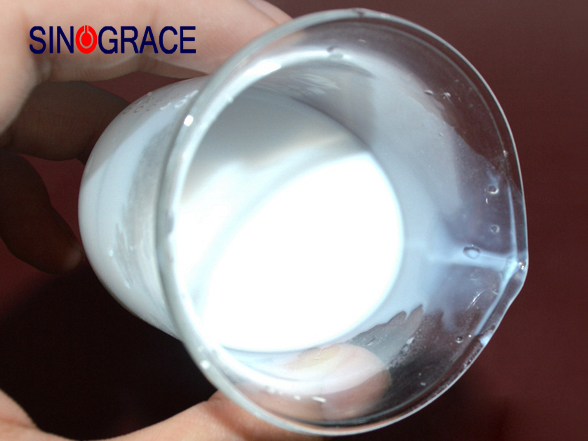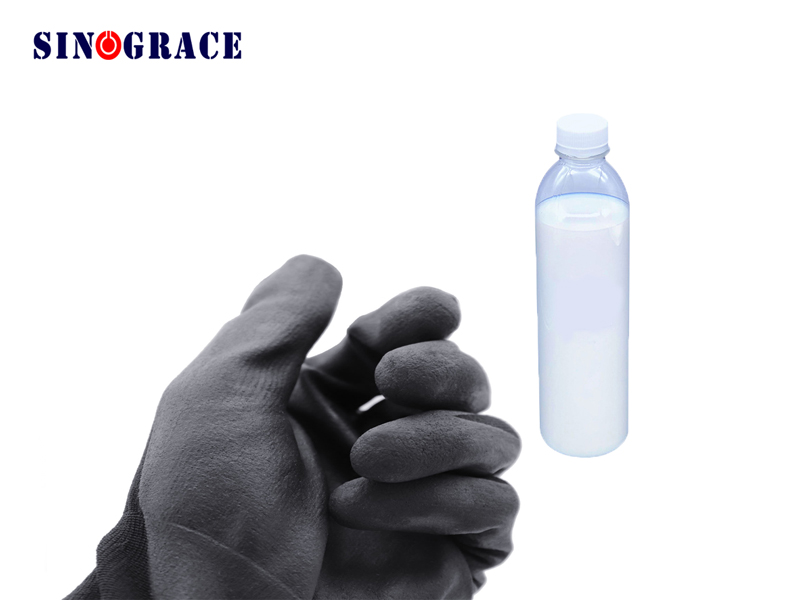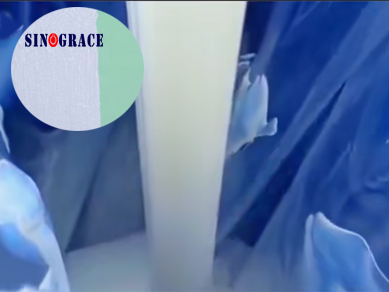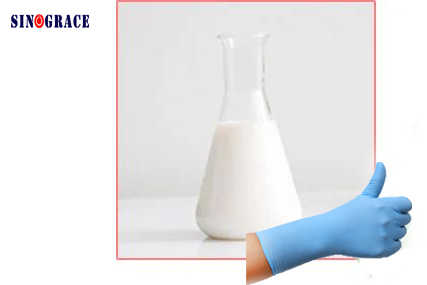Nitrile latex series
This product uses butadiene, Acrylonitrile as the main raw materials, through emulsion polymerization of anionic polymer dispersion, can be used to produce disposable medical examination gloves, with excellent elongation and tensile strength The product is an environmentally friendly product, free of formaldehyde, APEO, NPEO and other harmful substances, and has excellent elongation, tensile strength and excellent chemical resistance, puncture resistance, weather resistance and other properties; It can be used to produce disposable medical examination gloves. Acrylonitrile butadiene rubber latex (NBRL) is an emulsion dispersion formed by random copolymerization of butadiene and unsaturated nitrile monomers. In order to improve the film formation, adhesion, toughness and other physical and mechanical properties of butadiene latex, the polymer chain of polybutadiene-acrylonitrile was modified by the third monomer containing carboxyl such as methacrylic acid or the fourth functional monomer such as unsaturated carboxylic acid esters, and the carboxylic butadienitrile latex series products were produced. Nitrile latex is mainly used in impregnated gloves (medical and non-medical), oil resistant hose, oil resistant sponge and other rubber products, as well as non-woven fabrics, carpet backing and paper processing and other non-rubber products. The application of nitrile latex is more and more widely, the technology is constantly improved, and the varieties are increasingly listed. With the development of carboxy butadiene latex synthesis technology and the maturity of its downstream product production process, the demand for carboxy butadiene latex is increasing, and manufacturers of butadiene latex have a very bright market development prospect. China Sinograce Chemical productionNitrile latex series products, welcome to consult.Provide products, transport, ensure the quality of products in accordance with the contract requirements. Packing storage and shipment Packaging: plastic tons of barrels, containers, tank trucks. Store in a cool, dry and ventilated place, protect from freezing and sun, keep the package sealed, and store at 5° C ~30°C. Shelf life :180 days.
read more

 English
English français
français русский
русский español
español العربية
العربية








